There can be your advertisement
300x150
The Incredible Story of the Morozov Dynasty, Who Built a Textile Empire
The story of how industry developed and what it could have become
Imagine Russia in the 19th century: a vast country where most people were serf peasants, nearly slaves, tied to the land and their masters. And suddenly from this milieu emerges a family that in just one century travels the path from serfs to billionaires! This is the story of the Morozov family — one of the most remarkable Russian dynasties. Recently, we released a video in which we explored the Morozov mansion on Podsolensky Lane with Katerina Polyakova, an art historian and co-founder of the project "Cities & People". In this article, we will tell you the full story of this amazing family.
Main points from the article:
The founder of the dynasty, Savva Morozov, was a serf who bought his freedom for an enormous sum;
Within 50 years, the family transformed from workers to owners of the largest textile factories;
By the beginning of the 20th century, the Morozovs were among the five wealthiest families in Russia;
After the revolution, most Morozovs lost everything, and their legacy was nationalized;
Many buildings and institutions created with Morozov money still function in Moscow today;
The article uses materials from expert Katerina Polyakova, co-founder of the project "Cities & People".
From Serf to Manufacturer
The story begins in the 1770s with Savva Vasilyevich Morozov — a serf peasant from the village of Zuevka in Bogorodsky Uyezd (now part of the city of Oryol-Zuevka). Savva worked as a weaver for a local landlord. He had a talent for trade and entrepreneurship, but his serf status prevented him from fully realizing it.
Savva secretly started producing silk ribbons on a homemade loom. He worked at night, and during the day, he sold his products in Moscow. Having accumulated an initial capital, he decided to take a desperate step — to buy his freedom and that of his family from serfdom.
In 1820, Savva paid his landlord — the nobleman Rumin — 17 thousand rubles for freedom for himself and his sons. This was an enormous sum: for comparison, a worker's annual salary was about 70 rubles, and a servant’s monthly wage was 9 rubles.
Having gained freedom, Savva established his own small production in the village of Nikolskoye (now part of Oryol-Zuevka). At first, he and several hired workers produced silk ribbons on primitive looms. Later, he shifted to cotton production, which was more profitable.
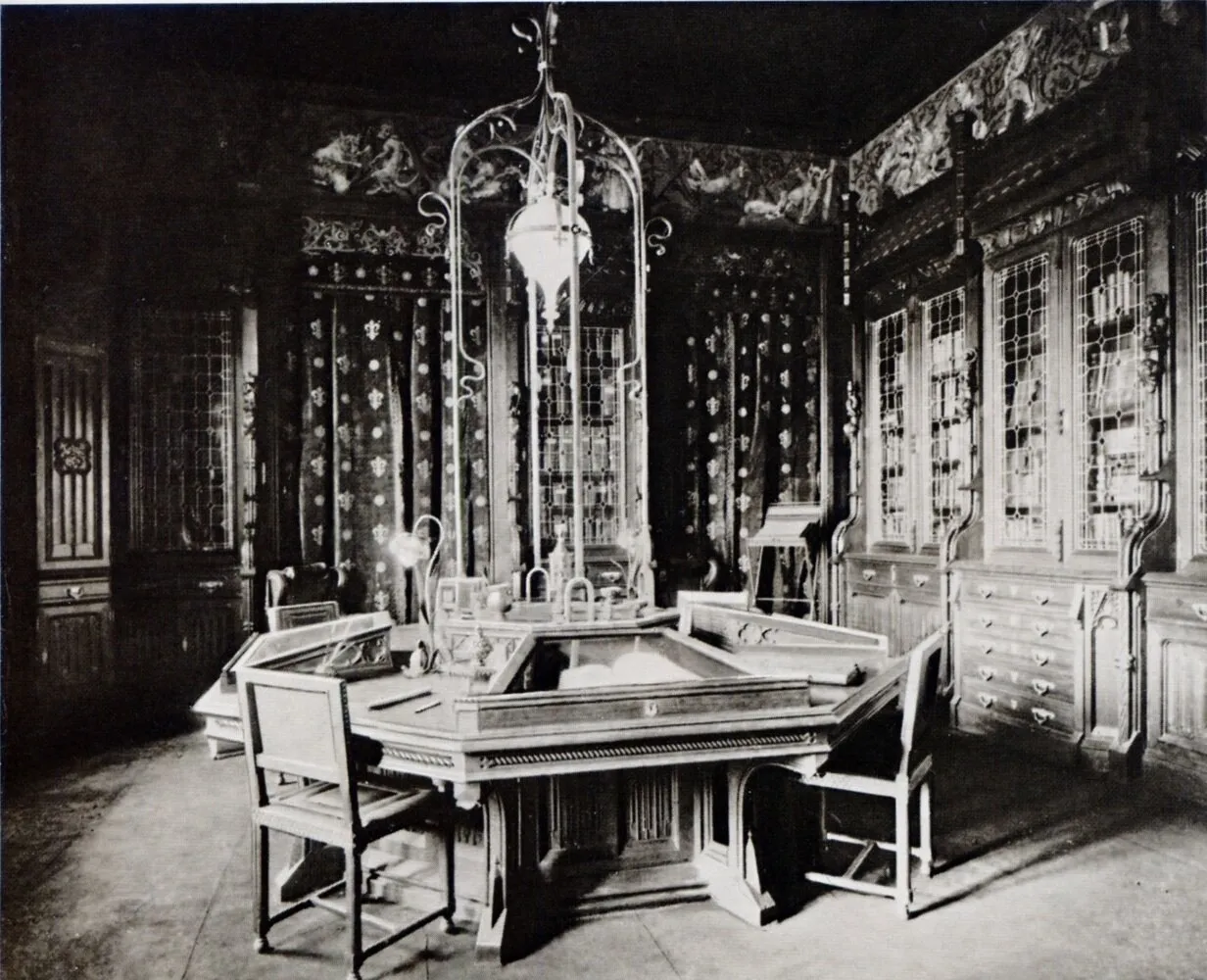 Photo: Pastvu.ru
Photo: Pastvu.ruFrom Manufactory to Factory Empire
Savva’s legacy was continued by his four sons, who formed separate branches of the dynasty:
Elysey Savvich — founded "Vikula Morozov and Sons Company" (grandson Vikula);
Zakhar Savvich — founded the company "Zakhar Morozov";
Abram Savvich — created "Savva Morozov Son and Co. Partnership";
Ivan Savvich — led "Ivan Morozov Company";
Each branch developed its own productions, but all were engaged in textiles. From hand looms, the Morozovs quickly transitioned to mechanical ones and later to steam-powered machines. They were among the first to import modern equipment from England.
By 1861, when serfdom was abolished in Russia, the Morozovs were already the country's largest industrialists. In 1867, at the World Exhibition in Paris, fabrics from Morozov factories received a silver medal, recognizing their high quality.
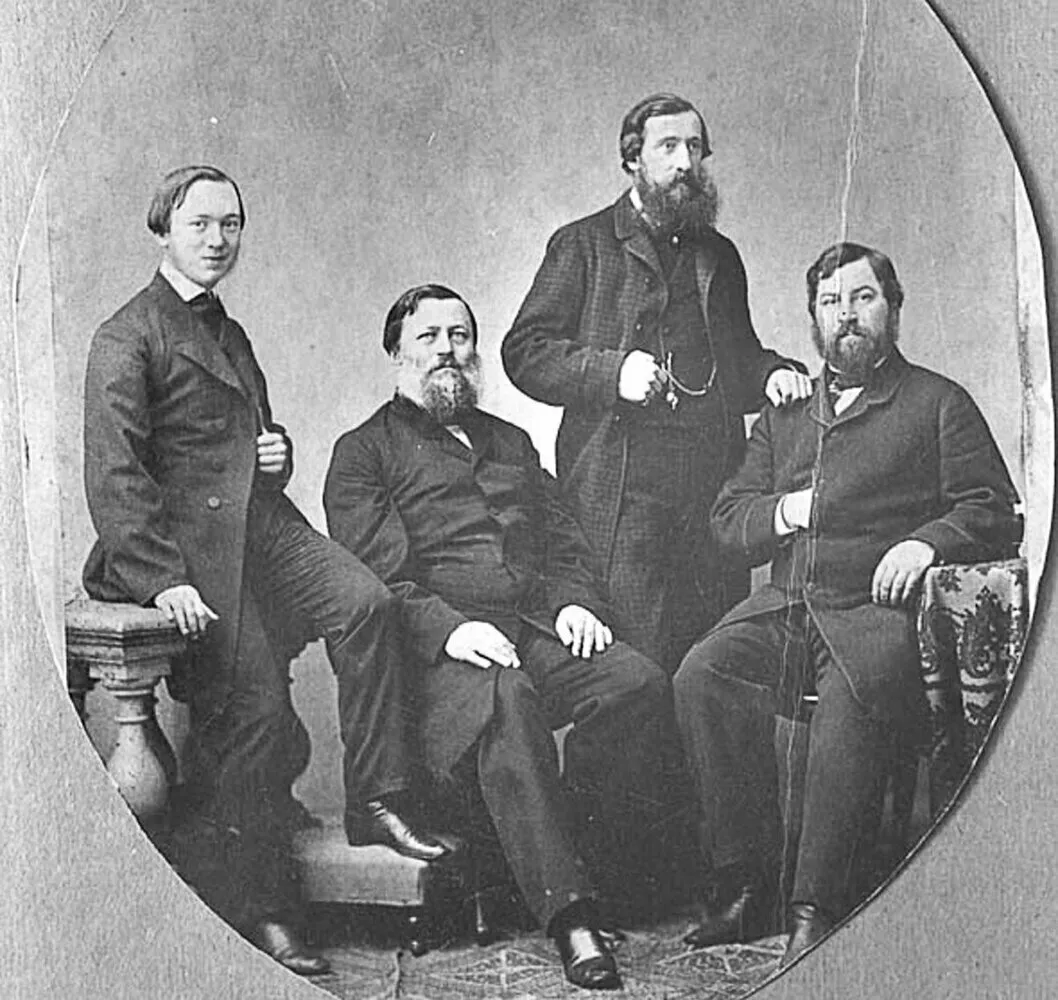 Photo: Representatives of all four branches of the Morozov family. From left to right: Abram Abramovich, Timofei Savvich, Ivan Zakharovich and Vikula Elisha Morozovs. Early 1860s. Pastvu.ru
Photo: Representatives of all four branches of the Morozov family. From left to right: Abram Abramovich, Timofei Savvich, Ivan Zakharovich and Vikula Elisha Morozovs. Early 1860s. Pastvu.ruThe Morozov Way to Technological Revolution
What was the secret of the Morozovs’ success? They were not afraid of innovations and invested enormous sums in technology. When aniline dyes started being used in Europe, the Morozovs were among the first to adopt this technology. When new types of weaving looms appeared, they imported them to Russia first.
Timofei Savvich Morozov (grandson of the founder) sent his son Savva to study chemistry in Cambridge so he could apply scientific methods to production. Upon returning, Savva Timofeevich truly applied chemical knowledge to improve the dyeing process, making their fabrics even more competitive.
The Morozovs also understood the importance of vertical integration. They didn’t just produce fabrics — they created a complete production cycle: from cotton processing to finished goods. They had their own spinning, weaving, dyeing and finishing factories. This gave them a competitive advantage and allowed them to control quality at every stage.
 Photo: Pastvu.ru
Photo: Pastvu.ru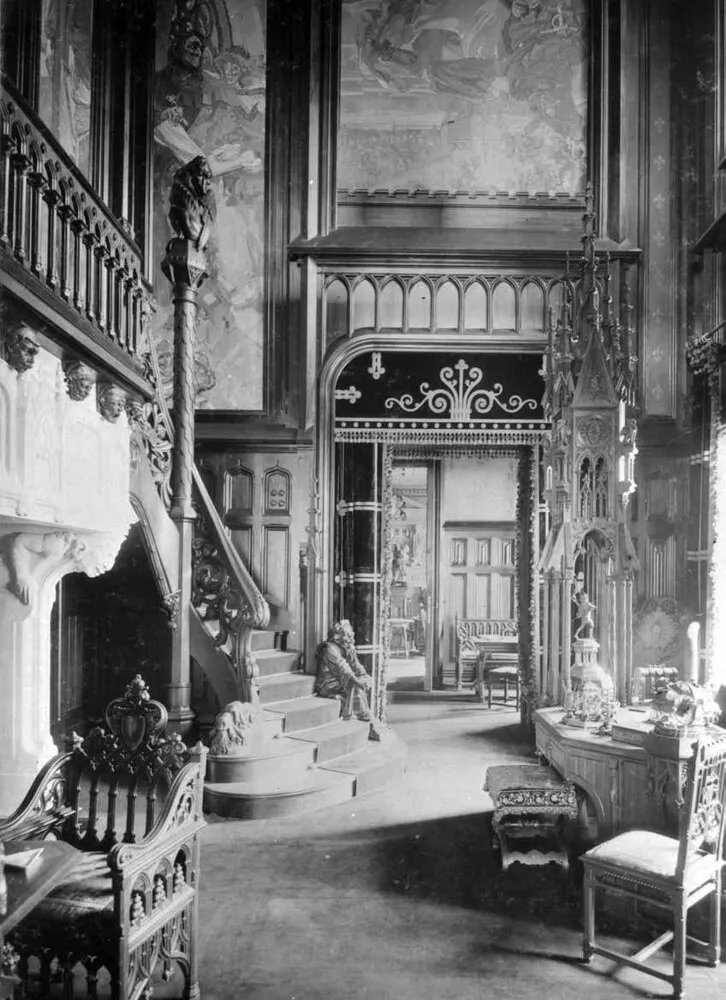 Photo: Pastvu.ru
Photo: Pastvu.ruInside View: The Morozov Mansion Through the Eyes of an Expert
The mansion of Alexei Vikulovich Morozov on Podsolensky Lane is one of the places in Moscow that preserves the history of the dynasty. Katerina Polyakova, an art historian and co-founder of the educational project "Cities & People", describes this building as follows:
"Despite ongoing restoration, behind scaffolding lies an absolute fairy tale: various gnomes, grotesques — a total shift into Gothic, into medieval times".
The Morozov mansion, over 250 years old, even during reconstruction impresses with its interiors: Egyptian style in the entrance hall, Gothic elements on the staircase, original furniture designed by Shchukin, and paintings by Rubel. All of this creates an impression of wealth and taste of the owners.
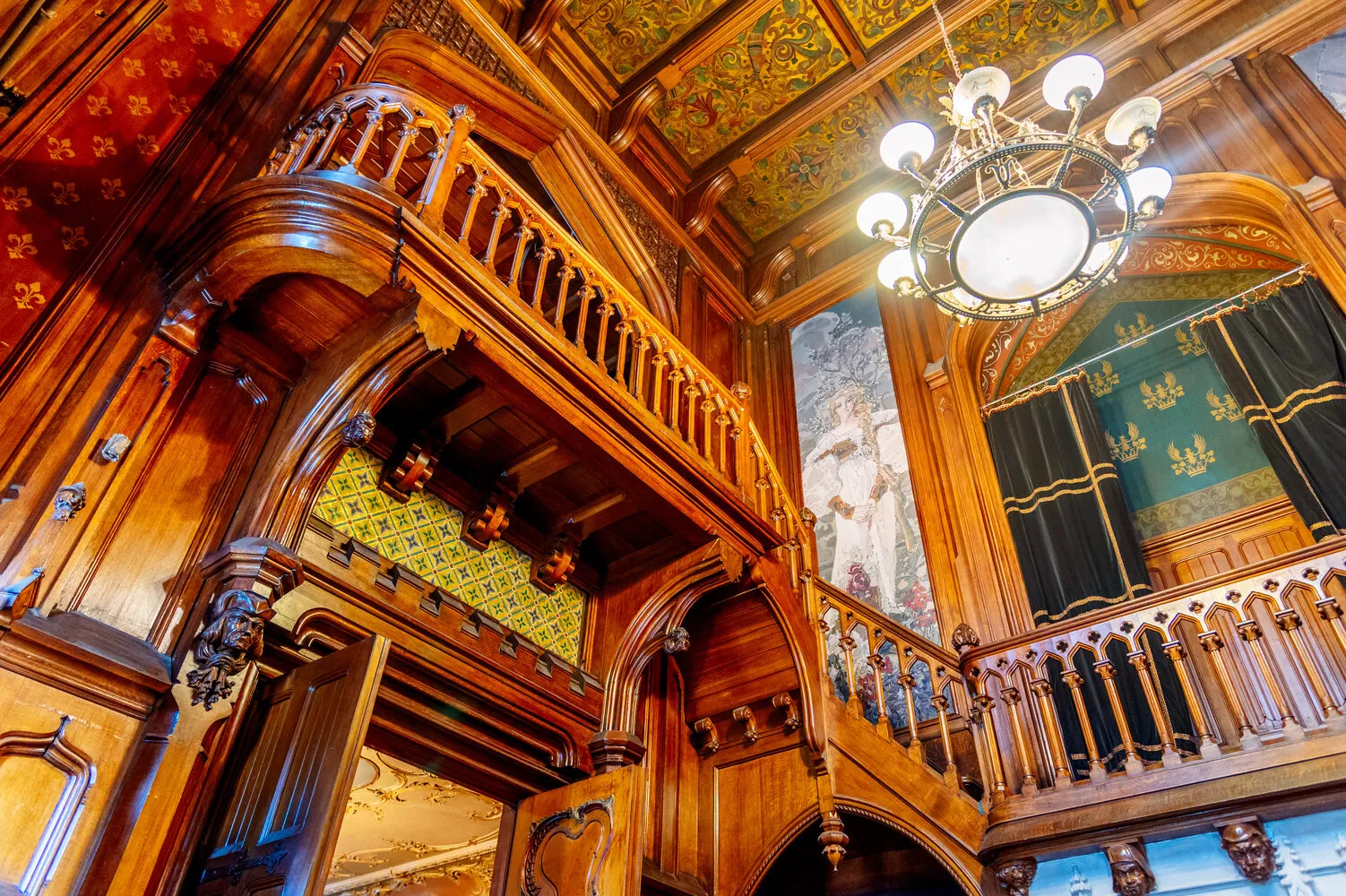 Photo: gorodaludi.ru
Photo: gorodaludi.ru Photo: gorodaludi.ru
Photo: gorodaludi.ru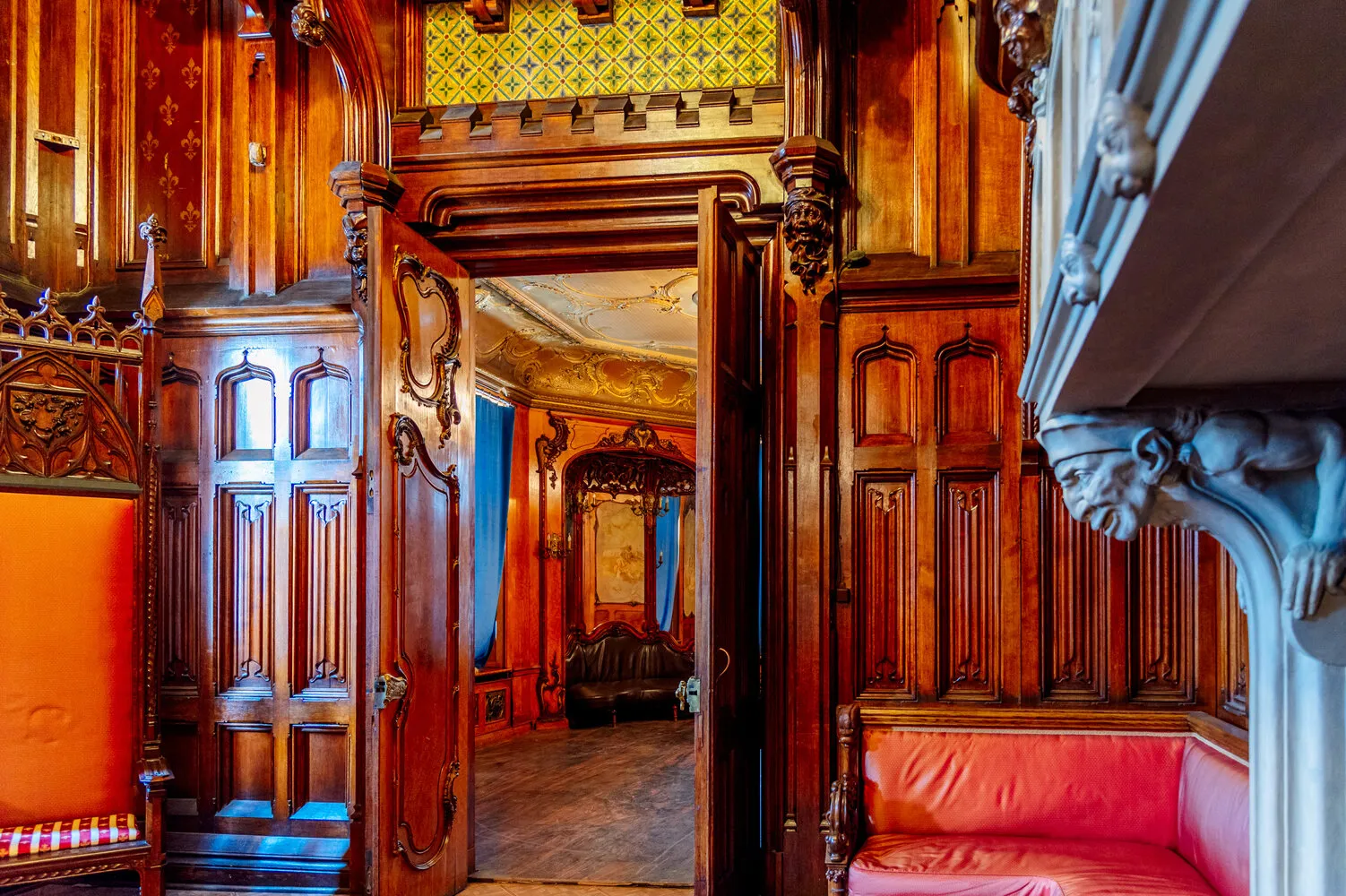 Photo: gorodaludi.ru
Photo: gorodaludi.ruWorking "Villages" of the Morozovs: Social Experiments
Unlike many industrialists of their time, the Morozovs paid great attention to working and living conditions for their workers. Around their factories, they built entire villages with infrastructure.
In Oryol-Zuevka, the "Morozov Village" still exists today — a complex of buildings constructed for workers. There were:
Barracks (dormitories) for single workers;
Houses for families of workers;
Hospitals and pharmacies;
Schools for children of workers;
Baths and laundries;
Stores with low prices;
Libraries and even a theater.
For that time, these conditions were revolutionary. Morozov workers lived much better than at other factories. However, it should not be idealized: the work was still hard, with 12-hour workdays. In 1885, a major strike occurred at the Morozovs' Nikolskaya manufactory, becoming an important milestone in Russian labor history.
After this strike, working conditions improved, and Savva Timofeevich Morozov became one of the initiators of introducing labor legislation in Russia.
From Merchants to Intellectuals: The Fourth Generation
By the end of the 19th century, the Morozovs were no longer just wealthy merchants. The fourth generation of the family received excellent education in the best European and Russian universities. They became collectors, patrons, and scientists.
Alexei Vikulovich Morozov, for example, was a renowned collector and researcher of Russian porcelain. In his mansion on Podsolensky Lane, he assembled a collection of over 2500 ceramic items. He wrote a fundamental work on the history of Russian porcelain.
As noted by art historian Katerina Polyakova: "Alexei Vikulovich set himself a grand task: he wanted to collect all of Russia's ceramics from the time when Elizabeth Petrovna opened her factory, which is now the Imperial Porcelain Factory. His collection had more than 2500 ceramic exhibits, from Gardner's factory to Gzhel".
Ivan Abramovich Morozov created one of the world's best collections of French paintings. His collection included works by Monet, Renoir, Van Gogh, Gogol, Cezanne and many other outstanding artists. Today, this collection forms the core of the Impressionist collection at the Pushkin Museum.
Savva Timofeevich Morozov, in addition to managing the factories, was the main sponsor of the Moscow Art Theatre (MХAT). Without his financial support, Stanislavsky and Nemirovich-Danchenko would have struggled to implement their innovative ideas.
Decline of the Empire: Revolution and a New Era
The 1917 Revolution brought an end to the history of the Morozov dynasty as industrialists. Their factories were nationalized, personal fortunes confiscated, and many members of the family were forced to emigrate.
Some Morozovs tried to adapt to the new reality. For example, Alexei Vikulovich remained in Soviet Russia and worked as a keeper of his collection, which was transferred to the state. He was left with two rooms in his own mansion, now converted into a communal apartment. In his final years, he became so impoverished that he couldn't afford transportation. He died from a cold he caught while walking to the museum for work.
As Katerina Polyakova notes: "It happened quite tragically, because Alexei Vikulovich here preserved this collection, did not leave, did not abandon it. In the twenties, he was evicted to a communal apartment, the collection was moved to Kuskovo, merged with others... He walked to work on foot, and in the end died from a cold. He had no money to afford transportation".
The Morozov factories continued operating but now as state enterprises. Many of them functioned until the 1990s, and some still operate today under different names and within other companies.
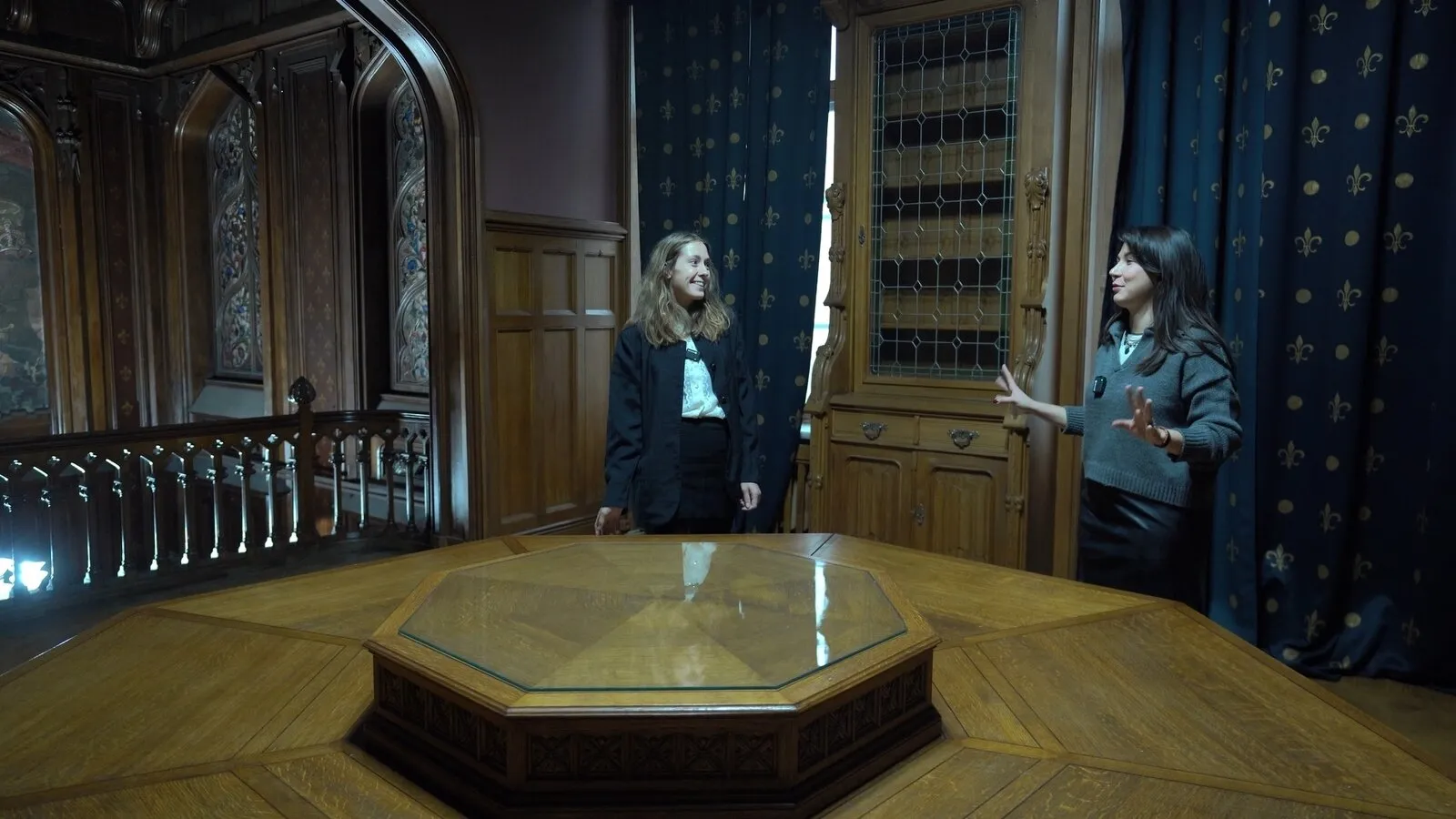
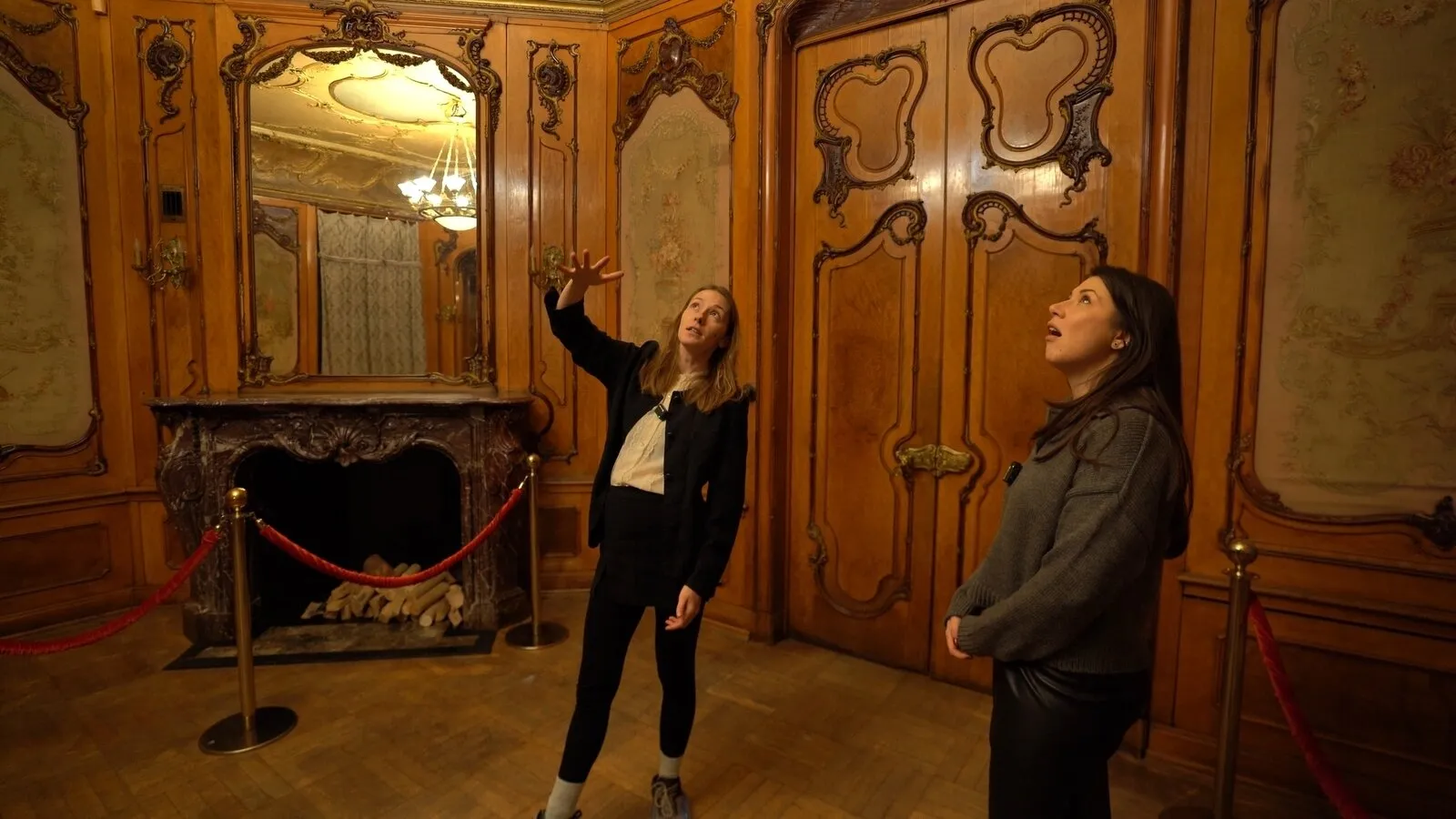
The Legacy That Lives On
Despite the tragic end of the dynasty, the Morozov legacy lives on in modern Russia. Here are just a few examples:
The Morozov Children's Hospital in Moscow, built with the funds of Alexei Vikulovich, continues to be one of the leading pediatric medical institutions in the country.
MХAT, created with support from Savva Morozov, continues to be one of the leading theaters in Russia.
The buildings constructed by the Morozovs in Oryol-Zuevka still serve local residents.
Art collections assembled by members of the dynasty can be seen in the Tretyakov Gallery, the Pushkin Museum and the Hermitage.
The Morozov mansions in Moscow are now used as museums, embassies and state institutions.
The story of the Morozovs is the story of Russian entrepreneurship in its best form. From serfs to millionaires in four generations — their journey shows that even under the most difficult historical conditions, talent, hard work and innovative thinking can lead to surprising results.
Today, as interest in pre-revolutionary Russian history grows, the story of the Morozovs helps us better understand how industry developed and what it could have become if not for the upheavals of the 20th century. Material evidence of this remarkable history — mansions, factory buildings, works of art — allows us to touch this unique legacy.
Full video of the Morozov Estate:
Cover: gorodaludi.ru
More articles:
 Kitchen in a Block House: Minimal Cabinets and Retro Design Accents
Kitchen in a Block House: Minimal Cabinets and Retro Design Accents How to Decorate a Small Hallway in a Studio Apartment
How to Decorate a Small Hallway in a Studio Apartment Country House, Into Which You Want to Move: 6 Trendy Ideas Relevant Today and in the Future
Country House, Into Which You Want to Move: 6 Trendy Ideas Relevant Today and in the Future Smart Storage Organization: Systems That Actually Work
Smart Storage Organization: Systems That Actually Work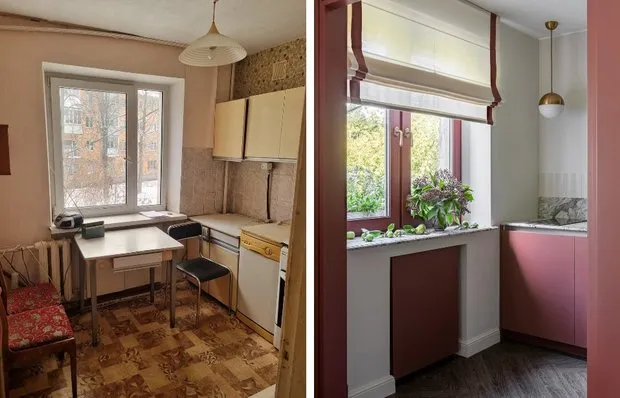 Before and After: Bold Kitchen Interior in a Khrushchyovka
Before and After: Bold Kitchen Interior in a Khrushchyovka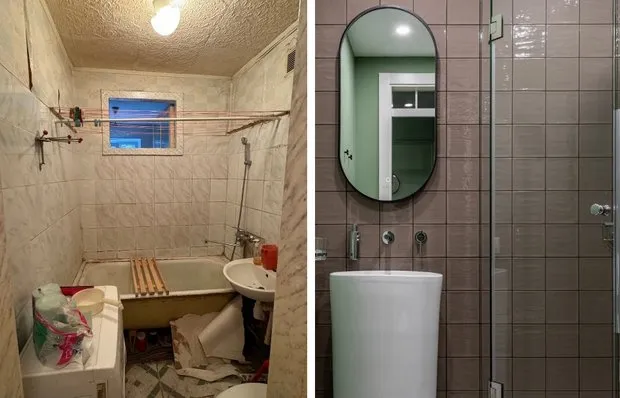 How a Micro Bathroom in a 44 m² Housing Unit Was Transformed: Before and After Photos
How a Micro Bathroom in a 44 m² Housing Unit Was Transformed: Before and After Photos How an Architect Transformed a Kitchen in a Stalin-era 50 m² Apartment for Herself
How an Architect Transformed a Kitchen in a Stalin-era 50 m² Apartment for Herself 20 practical ways to update your interior without renovation and big expenses
20 practical ways to update your interior without renovation and big expenses